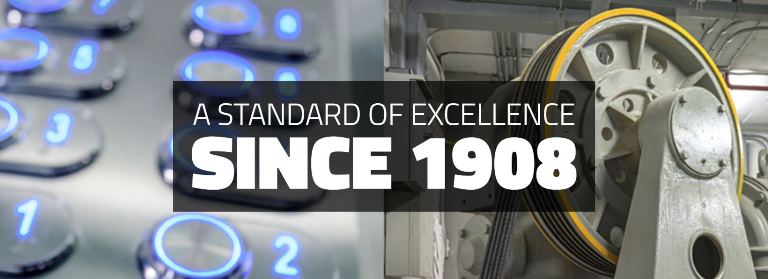Each
year when the weather starts changing and getting warmer we see more intermittent
issues with elevator system. Some of
these issues are typical elevator issues which do take time to resolve. Other issues are from a safety device which
is found on your elevator system which we call a phase monitor, if the voltage
is not within range it will not allow the elevator to run. There are different symptoms to this, some
are the elevator just does not take a call, 5 minutes later it may take a
call. Sometimes the elevator will give a
sensation it is bouncing up the hoistway, which is startling.
A low voltage situation may be unbeknownst to the building owners
because their lights are working just fine.
The elevator runs off a three phase power supply which is different than
the power that runs the lights and outlets in the building. An example is a building has 230VAC power,
the power goes down to 200VAC, the phase monitor is set for 210VAC, the
elevator will not run. If the power
comes to 210VAC on the same elevator and someone tries to run on the elevator
it may give a “bouncing” sensation as the elevator is trying to run, the start
on the elevator motor may bring the voltage down and then it will shut off
again. Depending on the elevator system
and the phase protection, you may get different symptoms. When you call in these issues to the elevator
service company, please be very descriptive, it helps the elevator mechanic
resolve the issues. Many times voltage
situations are frustrating because by the time the elevator mechanic gets to
the building, the elevator is working normally.
Items
to take note of if you are having irregular elevator issues during the summer
months.
Is the elevator only
having issues in the morning or in the evening – both times are when there is
heavy electrical usage[i.e. air conditioning goes on]
Are the buttons
lighting? Are the buttons lighting and
not staying lit?
Elevator doors open
or closed and where is the elevator?
Lowest landing, top floor, etc…
Is the same person
who leaves at the same time finding the elevator not working, if so the times
are important so we can start broadening our trouble shooting.
The
more information you can share with the elevator company, the better we can go
to the building and attempt to resolve the problems. Colley Elevator does have a voltage monitor
that we can plug into the system and supply the results so you can talk with
COM ED and show them you are getting a low voltage situation. We have also found that at times it is a
buildings wiring having a loose connection in the vault which can simulate
these issues. The important part is
communication and moving forward with a plan of action with Building owners,
elevator company and the electrician[if they are involved] if intermittent power
issues are causing reliability issues or damage to the elevator equipment.
